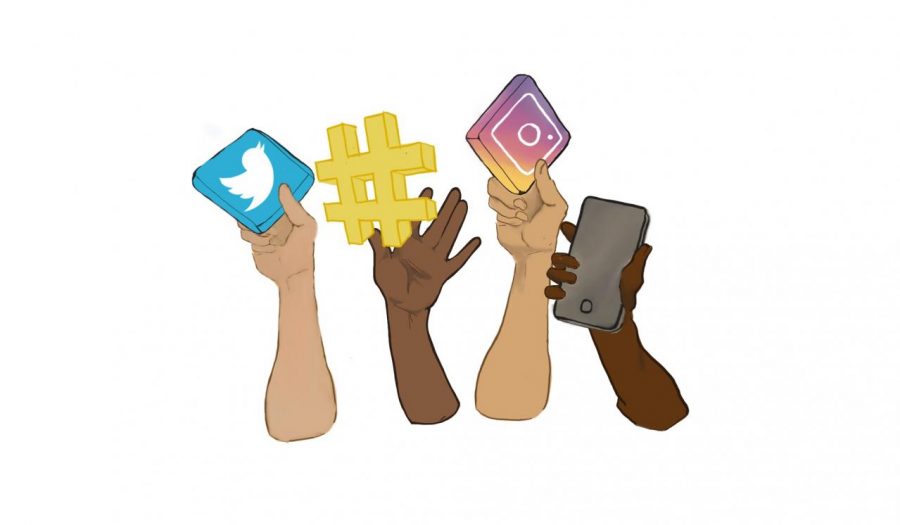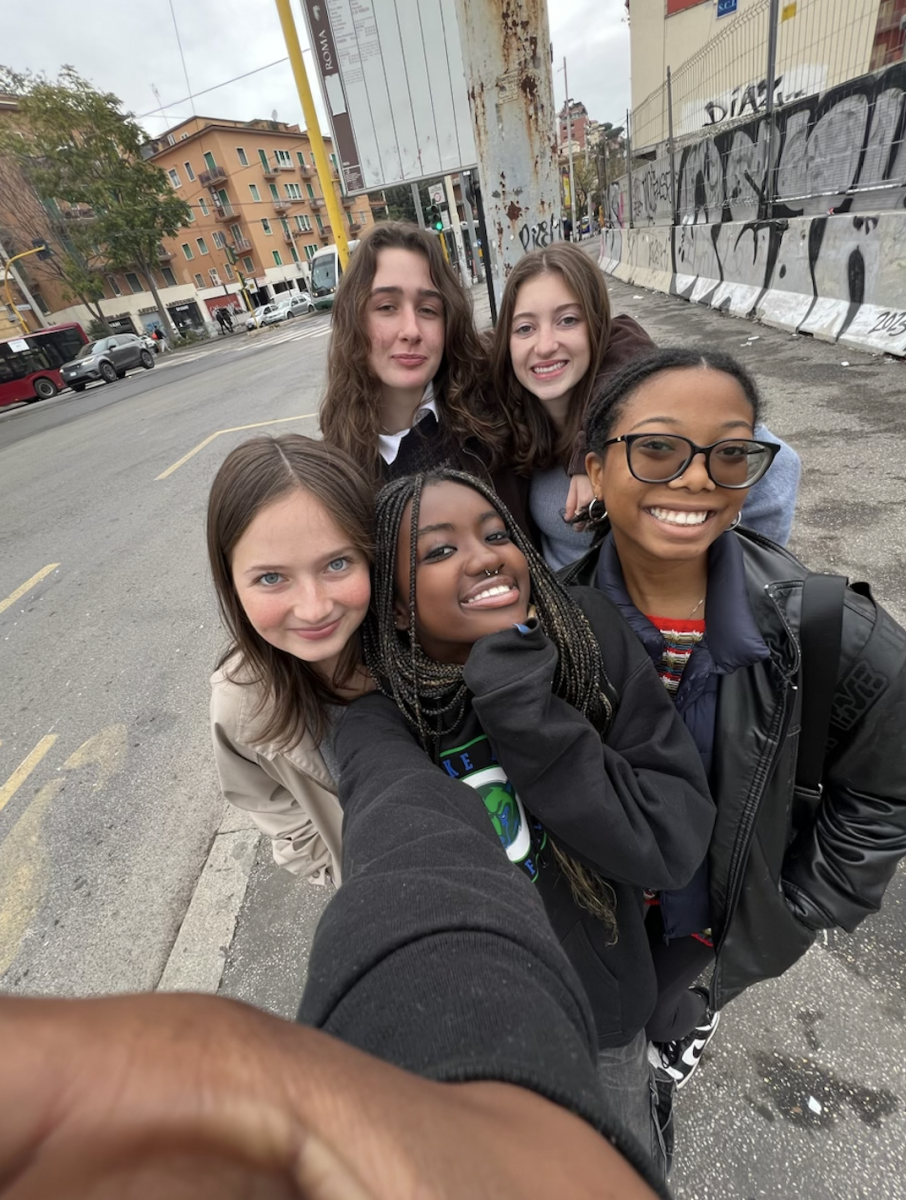In the wake of the killing of George Floyd, the world collectively erupted in justified protest. One of the most popular mediums of protest was (and still is) social mediaóparticularly Instagram.
As with any means of demonstration, social media activism encounters praise as well as harsh criticism, although the latter occurs much more frequently. Nonetheless, the successes of the Instagram account Black@Blake exemplifies the success of online activism.
In our modern, technology-driven, and interconnected world, online activism plays a significant role in the movements of today and should not be disregarded as a tool of protest. During the 2011 Arab Spring, online networks facilitated the creation and organizations of civilian groups and served as platforms to exercise free speech and to inform and mobilize protesters. Occupy Wall Street, a 2011 movement denouncing the influence of corporate lobbying and money in politics, also used social media to organize and encourage protest.
This summer, social media was mainly a form of activism and raising awareness rather than mobilizing physical protests due to the constraints of COVID-19 and social distancing.
One fault of online activism is that it can enable performative behavior that may be ultimately harmful or counterproductive. Since social media and online platforms as a whole feel so intangible and detached from reality, it often seems as if reposting an aesthetic ìBLMî or black square to oneís feed qualifies as a dayís work of activism. Instead, social media should be used as a tool to promote or facilitate other means of activism and protest: the change accomplished by reposting petitions, fundraisers, and informative images.
Accounts like Black@Blake, which anonymously posted unedited stories from students of color, illustrate the potential of social media to be a catalyst for change. The success of Black@Blake is not due to Blake itself. Rather, Blake should learn from the triumphs of the account and use it to inform its equity and inclusivity initiatives, as Black@Blake typifies the role of a true ally to the BIPOC community. The account was popular because so many students had an experience to retell, an encounter to share, or a hurtful generalization spewed by countless ignorant mouths. As a result of its success, the Blake administration committed itself to fostering a safe, inclusive environment for students of color and started taking actionable steps.
True allyship is using oneís platform or privilege to empower people in marginalized communities by sharing their stories, and this allyship has power; Blake’s response to the account and the racism it recounts, although long overdue, demonstrates the impact of activism online. So keep sharing those petitions, GoFundMes, and informative articles. Keep fighting in any way possible for intersectional equality, for the black lives so brutally taken by the police, and for justice in our little Blake community and in the world as a wholeóeven if your activism is online.








